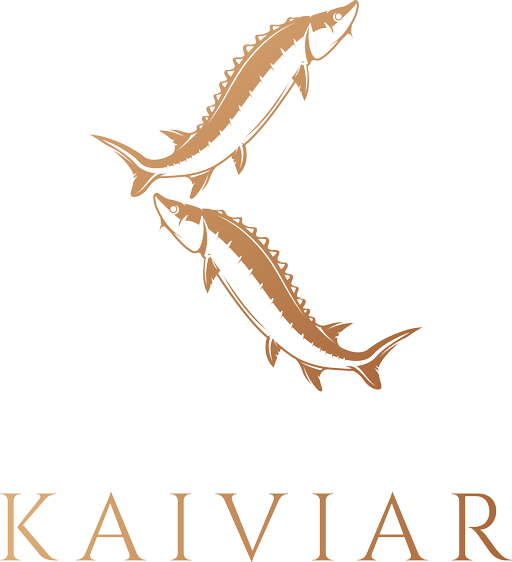Informational
Conserving Sturgeon Fish and Embracing Sustainable Caviar Extraction Methods
Sturgeon fish, known for their exquisite caviar, are facing increasing threats to their population due to overfishing and habitat destruction. To ensure the survival of these magnificent creatures, conservation efforts are crucial. Additionally, sustainable caviar extraction methods have emerged as a responsible approach to meet the demand for this prized delicacy. In this article, we will explore the current conservation methods employed for sturgeon fish and the sustainable practices used to extract caviar.
-
Sturgeon Conservation Efforts
- Conservation organizations and governmental bodies worldwide have recognized the urgent need to protect sturgeon fish populations. Strict fishing regulations, including catch limits, size restrictions, and fishing bans during breeding seasons, have been implemented to prevent overfishing. Conservation initiatives also focus on restoring and protecting critical sturgeon habitats, such as rivers and estuaries, through habitat restoration projects and pollution control measures. Additionally, breeding programs and fish hatcheries play a vital role in captive breeding and releasing sturgeon back into the wild, bolstering their population numbers.
-
Responsible Caviar Harvesting:
- Traditional caviar harvesting methods involve the extraction of eggs from wild sturgeon, which can have detrimental effects on their population. However, sustainable practices have emerged as a more responsible approach. One such method is “caviar farming,” where sturgeon are raised in carefully controlled environments, replicating their natural habitats. These farms provide optimal conditions for sturgeon to reproduce, ensuring a sustainable supply of caviar without depleting wild populations. Furthermore, caviar farms prioritize the welfare of the fish, providing appropriate nutrition, minimizing stress, and utilizing non-invasive techniques during the egg extraction process.
-
Caviar Substitutes and Alternatives:
- Innovations in the culinary world have led to the development of caviar substitutes and alternatives that can help reduce the demand for traditional sturgeon caviar. Sustainable alternatives include using the roe from other fish species, such as salmon or trout, which are plentiful and readily available. These substitutes closely mimic the flavor, texture, and appearance of traditional caviar while minimizing the environmental impact. Additionally, plant-based alternatives, made from seaweed or other plant ingredients, offer a cruelty-free and sustainable option for caviar lovers who wish to enjoy the indulgence without contributing to sturgeon overfishing.
-
Education and Consumer Awareness :
- Education and consumer awareness play a crucial role in promoting sustainable caviar practices. Informing consumers about the environmental impact of traditional caviar harvesting methods and the importance of choosing sustainably sourced caviar can drive change. Certifications such as “Friend of the Sea” or “Aquaculture Stewardship Council” help consumers identify products that meet strict sustainability standards. Restaurants and retailers can also play a significant role by sourcing and promoting caviar derived from sustainable practices, offering eco-friendly alternatives, and educating their customers about the importance of responsible caviar consumption.
Conserving sturgeon fish and embracing sustainable caviar extraction methods are essential steps towards preserving these remarkable species and their precious roe. Through rigorous conservation efforts, responsible caviar farming, exploring substitutes, and raising consumer awareness, we can ensure a future where the delicacy of caviar coexists harmoniously with the long-term survival of sturgeon fish populations. Together, we can savor this gourmet pleasure while safeguarding the natural world.


